Dirty running shoes not only look unsightly but can actually affect your performance and foot health. Learning how to clean running shoes properly can extend their lifespan and maintain their support, saving you money in the long run.
This comprehensive guide will walk you through every aspect of proper running shoe care. From understanding different material needs to step-by-step cleaning instructions, you'll learn the safest and most effective methods to keep your running shoes looking and performing their best. Whether you're dealing with mud-caked trail runners or simply want to freshen up your daily trainers, these expert techniques will help restore your footwear to its former glory.
What to Know Before Cleaning Your Running Shoes
Before diving into the cleaning process, taking a moment to understand your running shoes can make all the difference between refreshing them and ruining them. Proper preparation ensures your favorite trainers stay in top condition for many more miles.

Check the material type
Running shoes are constructed from various materials, each requiring specific care approaches. Looking at the manufacturer's label or website can provide valuable guidance for your specific model.
Mesh running shoes offer excellent breathability but require gentle handling during cleaning. When cleaning mesh, use light dabbing motions rather than harsh scrubbing to prevent fraying and damage to the delicate fibers.
For suede or nubuck sections, remember these materials are particularly vulnerable to moisture. These premium leather types should ideally be cleaned once fully dry, using a blotting technique rather than wet cleaning. Consider purchasing suede-specific cleaning solutions for best results.
Standard leather portions are relatively easier to maintain and naturally water-resistant. Meanwhile, knit uppers need extra gentleness to prevent stretching during the cleaning process.
GORE-TEX® materials benefit from lukewarm water rather than cold, followed by proper testing of the waterproofing after cleaning to ensure functionality remains intact.
Understand what not to do
Many common cleaning practices can actually harm your running shoes. First, avoid using harsh chemicals or household cleaners on your footwear. Instead, stick to gentle, clothing-safe cleaning options that won't break down materials or adhesives.
Heat is another major enemy of running shoes. Never place your trainers near radiators, use hairdryers, or leave them in direct sunlight to dry. The global product line manager at ASICS explains that "any unnatural cleaning techniques can harm the integrity of the shoes, change the fit and lead to a less premium experience."
Furthermore, avoid fully submerging your shoes in water whenever possible. Complete soaking can damage the adhesives that hold various components together, potentially causing delamination over time.
Think of your running shoes like other quality items in your wardrobe—as one expert puts it, "you wouldn't throw a cashmere sweater in the washing machine, would you?"
When to avoid machine washing
Despite how tempting it might be, machine washing is generally a no-go for running shoes. The combination of agitation, heat, and detergents can seriously compromise your footwear's structure and performance.
Machine washing damages running shoes in several ways:
-
Weakens fabrics and adhesives
-
Can melt the glue holding components together
-
Warps the shoe's shape and structure
-
Breaks down supportive elements
Additionally, your washing machine itself may suffer damage from the repeated impact of loose shoes against the drum, while mud from the soles can potentially clog drains.
Even if your shoes survive one or two machine washes without visible damage, the cumulative effect causes shoes to gradually lose their bounce, structure, and supportive properties. While hand washing requires more effort, your shoes (and feet) will thank you for the extra care in the long term.
If you absolutely must clean your shoes quickly, several manufacturers suggest using only the final spin cycle to remove excess water through centrifugal force rather than running a complete wash cycle.
Tools and Supplies You’ll Need
Gathering the right cleaning arsenal before tackling dirty trainers ensures effective results without damaging your valuable footwear. With proper tools at hand, you'll transform mud-caked shoes into fresh-looking runners in no time.
Soft and firm brushes
The cornerstone of any shoe cleaning kit is a good brush—or better yet, several brushes. A soft-bristled brush works perfectly for delicate mesh uppers and knit materials. An old toothbrush serves as an excellent precision tool, reaching tight corners and crevices where dirt accumulates.
For stubborn mud and deeply embedded grime, a firmer brush with stiffer bristles becomes essential. These tougher brushes work wonders on rubber outsoles and midsoles where dirt tends to cling tenaciously. However, always remember to reserve these firmer brushes exclusively for the rubber components—using them on fabric uppers could damage the material.
Many runners find that keeping separate brushes for different shoe parts prevents cross-contamination. This approach also extends the life of your cleaning tools, especially since outsole cleaning often involves tackling mud, gravel, and other outdoor debris.
Mild detergent or soap
When selecting a cleaning agent, gentleness is key. Harsh chemicals can break down adhesives and damage shoe materials over time. Instead, opt for a mild soap or detergent specifically designed for delicate fabrics.
Excellent options include:
-
Mild dish soap (just a few drops in water)
-
Gentle laundry detergent (free of bleach or brighteners)
-
Specialized shoe cleaners
Mix your chosen cleanser with lukewarm water until it forms a light solution—heavy suds aren't necessary and may actually leave residue behind. For particularly grimy situations, specialized shoe cleaners offer formulations designed to tackle athletic footwear without compromising materials.
Mesh laundry bag
Although hand washing remains the safest cleaning method, sometimes machine washing becomes unavoidable. In these instances, a mesh laundry bag provides crucial protection. This simple tool minimizes impact damage during wash cycles by containing shoes and preventing them from banging against the machine drum.
Choose a sturdy mesh bag with a secure closure to ensure shoes remain protected throughout the wash. This small investment significantly reduces the risk of structural damage should you need to use a washing machine.
Old towels and paper towels
Absorbent materials play multiple roles in the shoe cleaning process. Old towels create an ideal work surface, protecting your floors from water and cleaning solutions. Subsequently, these same towels help with the initial drying process, wicking away excess moisture.
Paper towels or newspaper serve as excellent stuffing during the drying phase. Inserted into damp shoes, they absorb internal moisture while helping maintain the shoe's shape. Replace these as they become saturated to speed up drying time and prevent musty odors from developing.
Optional: baking soda, vinegar, hydrogen peroxide
For particularly challenging cleaning situations, several household items offer targeted solutions:
Baking soda works wonders as a natural deodorizer, neutralizing unpleasant smells rather than merely masking them. Simply sprinkle inside shoes and let sit overnight before tapping out the excess.
White vinegar, diluted with equal parts water, creates an effective solution for tackling persistent stains and odors. Its mild acidity helps break down buildup without damaging materials.
Hydrogen peroxide (3% solution) serves as a spot treatment for stubborn stains, particularly on white or light-colored shoes. Apply sparingly with a cotton swab, then rinse thoroughly to avoid discoloration of surrounding areas.
These supplementary cleaning agents address specific issues beyond routine maintenance, extending your ability to restore heavily soiled footwear to its former glory.
Step-by-Step Guide to Cleaning Running Shoes
Now it's time to roll up your sleeves and get those muddy trainers looking fresh again. Following these systematic steps ensures your shoes receive proper care without damaging their structure or materials.
1. Remove laces and insoles
First things first—start by completely disassembling your shoes. Untie and remove the laces, pulling them entirely out of the eyelets. Next, carefully extract the insoles by gently lifting from the heel area and working forward. For stubborn insoles that seem glued down, try using a hairdryer on low heat to warm the adhesive slightly, making removal easier. Place these components aside for separate cleaning later.
2. Pre-clean dirt and debris
Prior to introducing any water or cleaning solutions, remove as much loose dirt as possible. Take your shoes outside and gently tap them together to dislodge mud clumps and small stones. Use a dry paper towel to wipe away remaining surface debris. For particularly muddy shoes, let them dry completely first—dry mud is much easier to brush off than wet mud. This crucial pre-cleaning step prevents you from simply spreading dirt around once you add water.
3. Clean soles and midsoles
The rubber outsoles typically collect the most dirt and require the most vigorous cleaning. Using your stiff-bristled brush (or old toothbrush), dip it into warm, soapy water and thoroughly scrub the bottom of your shoes. Pay special attention to the grooves in the tread pattern where mud often becomes compacted. For the midsoles (the foam layer between upper and outsole), use more gentle pressure as you scrub away dirt and stains. Afterward, wipe with a damp cloth to remove soap residue.
4. Clean uppers gently
The uppers demand a more delicate touch depending on their material. For mesh, fabric, or canvas uppers, dip your soft brush in mild soapy water and clean with gentle circular motions. Never submerge the shoes completely, as this can damage adhesives and structural elements. For suede, nubuck, or leather sections, use only cleaners specifically designed for these materials, applying with light dabs rather than scrubbing. Micellar water works well for lighter-colored shoes with stubborn stains.
5. Wash laces and insoles separately
Finally, give proper attention to the removed components. For laces, either hand wash by scrubbing under running water with soap or place them in a mesh laundry bag for machine washing on a gentle cycle. Insoles require special care—scrub the surfaces gently with a soft brush and soapy water, focusing on odor-prone areas. Avoid soaking insoles completely as this can damage the foam structure and supportive elements. Rinse both laces and insoles thoroughly to remove all soap residue.
Throughout the entire process, remember that patience yields the best results. Quick, aggressive cleaning often causes more harm than good to your valuable running shoes. By methodically working through each step, you'll effectively restore your trainers without compromising their performance or longevity.
Can You Use a Washing Machine?
Many runners face the temptation of tossing their dirty trainers into the washing machine for a quick fix. Nevertheless, most shoe experts and manufacturers strongly advise against this practice. Let's explore when (if ever) machine washing is acceptable and how to minimize damage if you decide to take the risk.
When machine washing is safe
The truth is, machine washing is rarely recommended for quality running shoes. According to most footwear experts, the standard washing machine cycle is simply too harsh for most trainers 1. However, certain shoes may survive the process with proper precautions. Canvas shoes and athletic shoes made with nylon, cotton, and polyester are generally more resilient to machine washing 2.
Materials that should never be machine washed include:
Always check your shoe's care label before proceeding. If there's no explicit "machine washable" indication, err on the side of caution with hand cleaning.
How to prepare shoes for the washer
If you absolutely must use a washing machine, proper preparation is essential. First, remove laces and insoles completely 2. Clean these separately—either by hand or placed in a mesh garment bag if machine washing.
Remove excess mud and debris with a soft brush before washing. Place your shoes in a mesh laundry bag or pillowcase to minimize banging against the drum 3. For better load balancing and noise reduction, add a few old towels to the wash. Be careful not to use new towels as they might transfer dye onto your shoes.
Best settings to use
When machine washing is unavoidable, choose the gentlest possible cycle:
-
Select delicate or hand wash setting
-
Use cold water only (30°C maximum)
-
Opt for slow or no-spin options
-
Choose liquid detergent instead of powder (which can leave residue)
-
Select a short cycle duration
Remember that even with these precautions, repeated machine washing will gradually degrade your running shoes' structure and performance elements.
Why drying in a machine is risky
Regardless of how you wash your shoes, machine drying poses significant risks. The heat from dryers can melt adhesives that hold your shoes together 4. This damage isn't always immediately visible but can lead to premature breakdown of the shoe structure.
High temperatures can also cause shrinkage and warping, changing the fit and feel of your footwear. Even low-heat settings or air-fluff options carry risks. According to expert recommendations, air drying is the only truly safe method for drying running shoes.
If you're in a hurry, stuff shoes with paper towels to absorb moisture and replace as they become saturated—but exercise patience rather than resorting to artificial heat sources that could permanently damage your investment.
How to Dry and Maintain Your Shoes After Cleaning
Proper drying is the crucial final step that many runners overlook after cleaning their shoes. Without appropriate drying techniques, even perfectly cleaned running shoes can develop unpleasant odors, lose their shape, or suffer material damage.
Air drying tips
First of all, place freshly cleaned shoes in a well-ventilated area away from direct heat sources. Good airflow accelerates the natural drying process without risking damage to materials. Consequently, positioning shoes near an open window or under a ceiling fan provides ideal conditions. For optimal results, loosen or completely remove the laces to open up the shoe fully, allowing air to circulate throughout the interior. Of course, removing insoles to dry separately reduces overall drying time substantially.
Avoiding heat damage
Never dry running shoes in a tumble dryer, on radiators, or in direct sunlight. Excessive heat can warp shoes, damage adhesives, and compromise structural integrity. Heat exposure causes materials to shrink, harden, and potentially come apart as the glue breaks down. In contrast, patience with air drying preserves both appearance and functionality of your footwear. Equally important, avoid quick-fix methods like hairdryers, even on low settings, as concentrated heat can deform materials and create fire hazards.
Using paper towels or newspaper
To speed up drying time naturally, stuff shoes with newspaper or paper towels immediately after cleaning. This technique both absorbs moisture and helps maintain proper shoe shape. For best absorption, change the paper every few hours as it becomes saturated. A helpful tip from running experts: crumple the paper loosely to maximize surface area for better moisture absorption. As a result, drying time can be reduced from days to overnight in many cases.
Deodorizing with baking soda
Once shoes are completely dry, sprinkle baking soda inside to absorb lingering odors and residual moisture. Use 1-2 tablespoons per shoe, distributing it evenly throughout the interior. Allow the baking soda to work overnight before tapping it out over a trash can. For persistent odors, this treatment can be repeated weekly—though limit applications to once monthly for leather shoes to preserve natural oils. As an alternative deodorizing method, white vinegar diluted with equal parts water effectively neutralizes bacteria-causing smells.
Conclusion
Proper cleaning techniques undoubtedly extend the life of your running shoes while maintaining their performance features. Throughout this guide, we've seen that different materials require specific care approaches, with gentle handling being the key principle across all shoe types. Hand washing consistently proves superior to machine washing, though certain situations may call for carefully controlled machine cycles as a last resort.

Regular maintenance certainly pays dividends beyond mere appearance. Clean shoes provide better support, reduce odor problems, and ultimately save money by delaying replacement purchases. Remember that patience during the cleaning process yields the best results—rushing through with harsh methods or improper drying techniques damages the very investments you're trying to preserve.
Lastly, establishing a routine cleaning schedule prevents the buildup of stubborn dirt and stains. Small, frequent cleanings prove more effective than occasional deep cleanings after extreme soiling. Your running shoes represent both a significant financial investment and essential equipment for your athletic performance. Therefore, treating them with appropriate care ensures they'll support your running journey mile after mile. Clean shoes not only look better but actually perform better—a worthwhile outcome for the small effort required to clean them correctly.
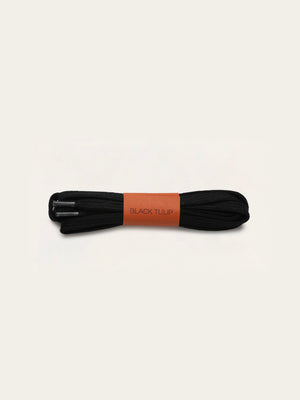
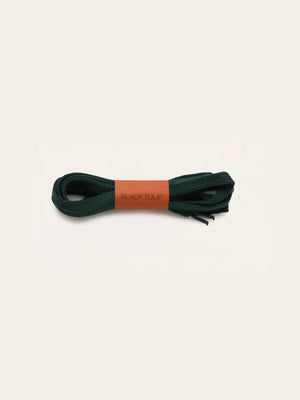
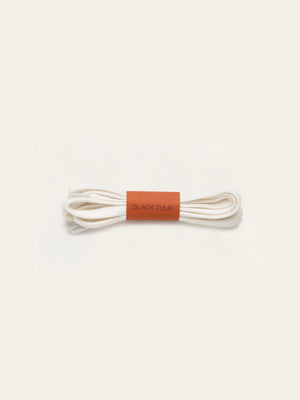
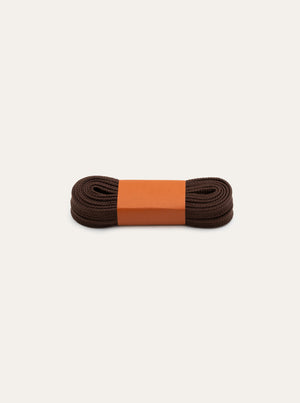
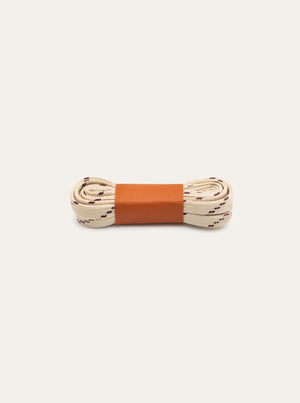
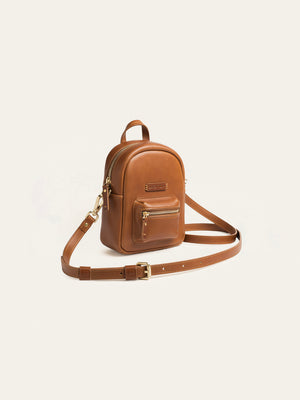
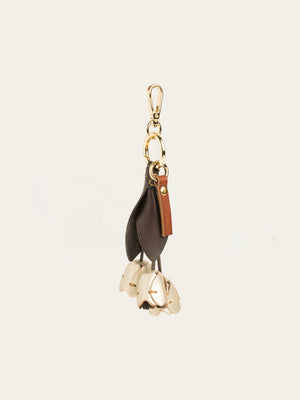
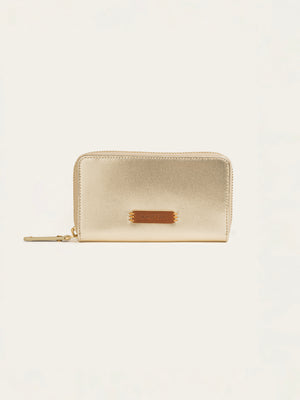



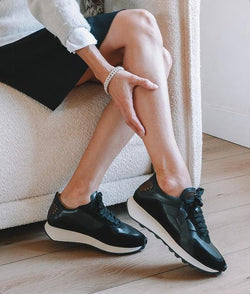
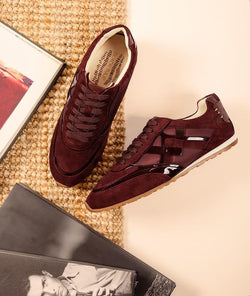
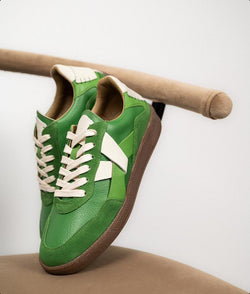
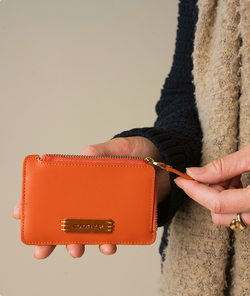
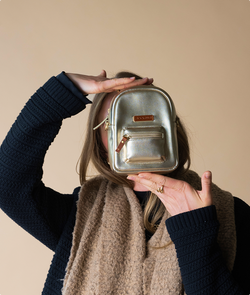
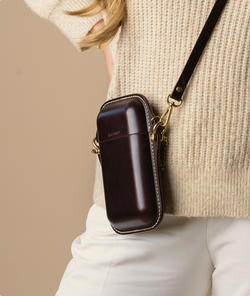




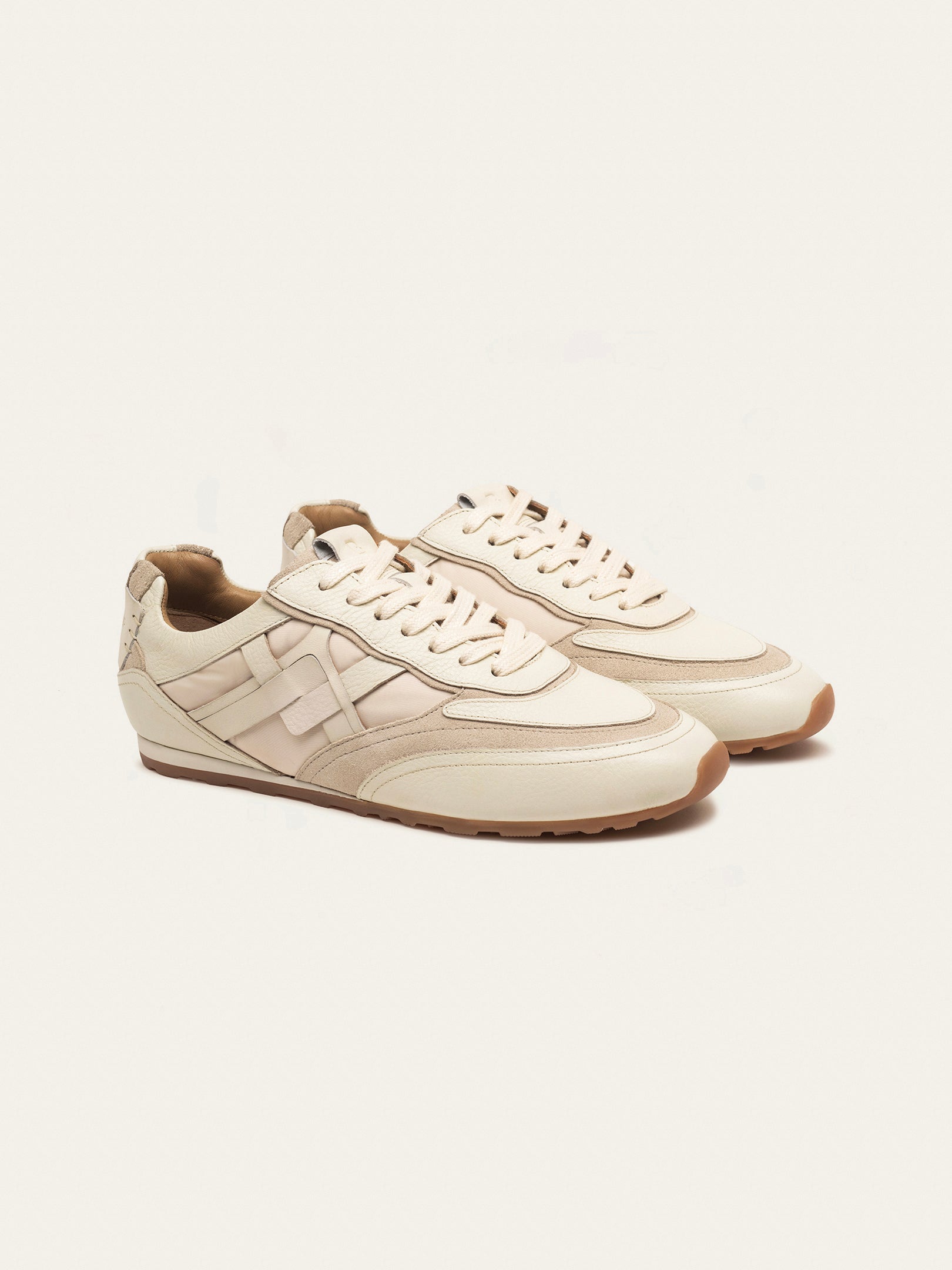
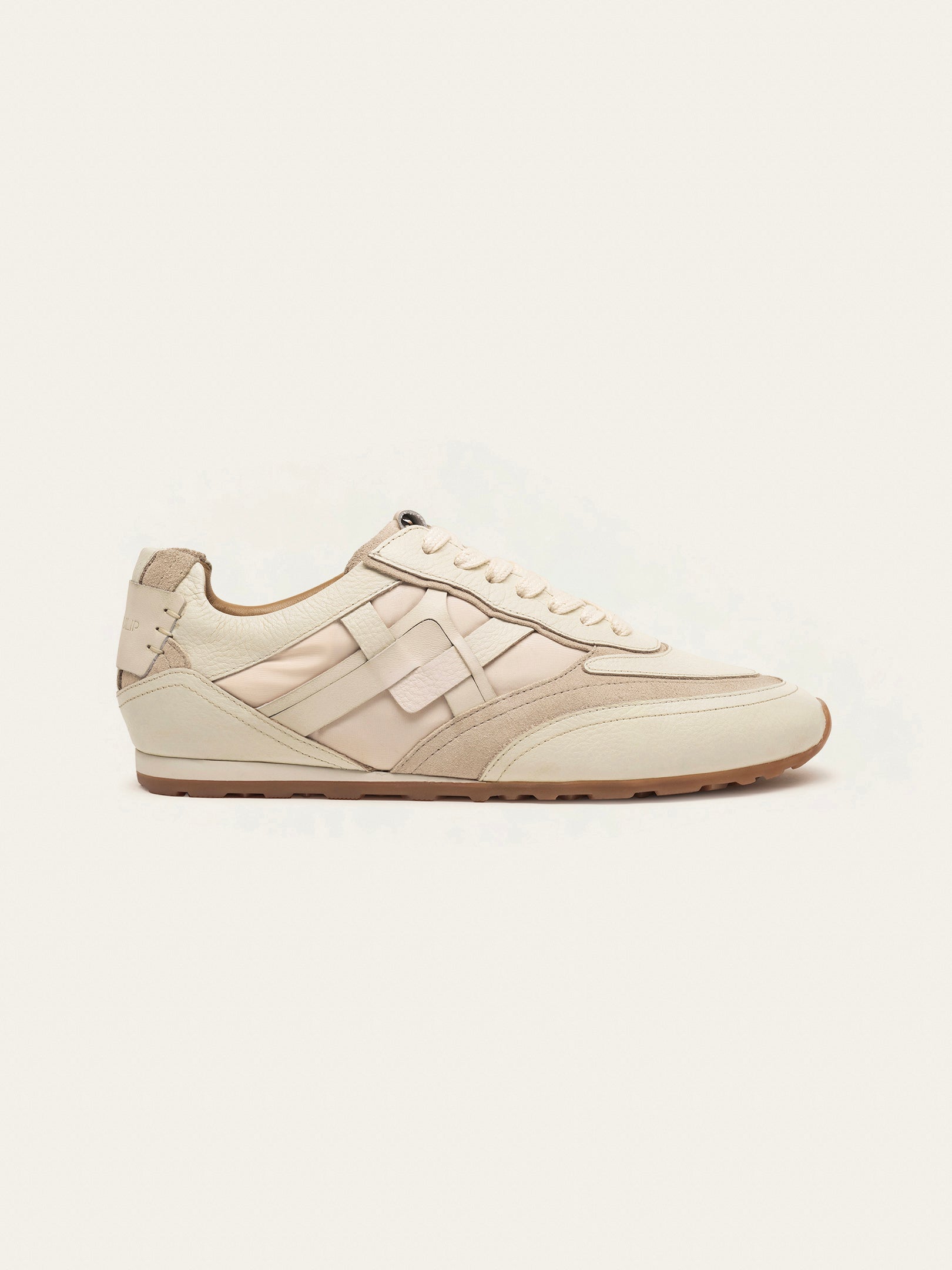
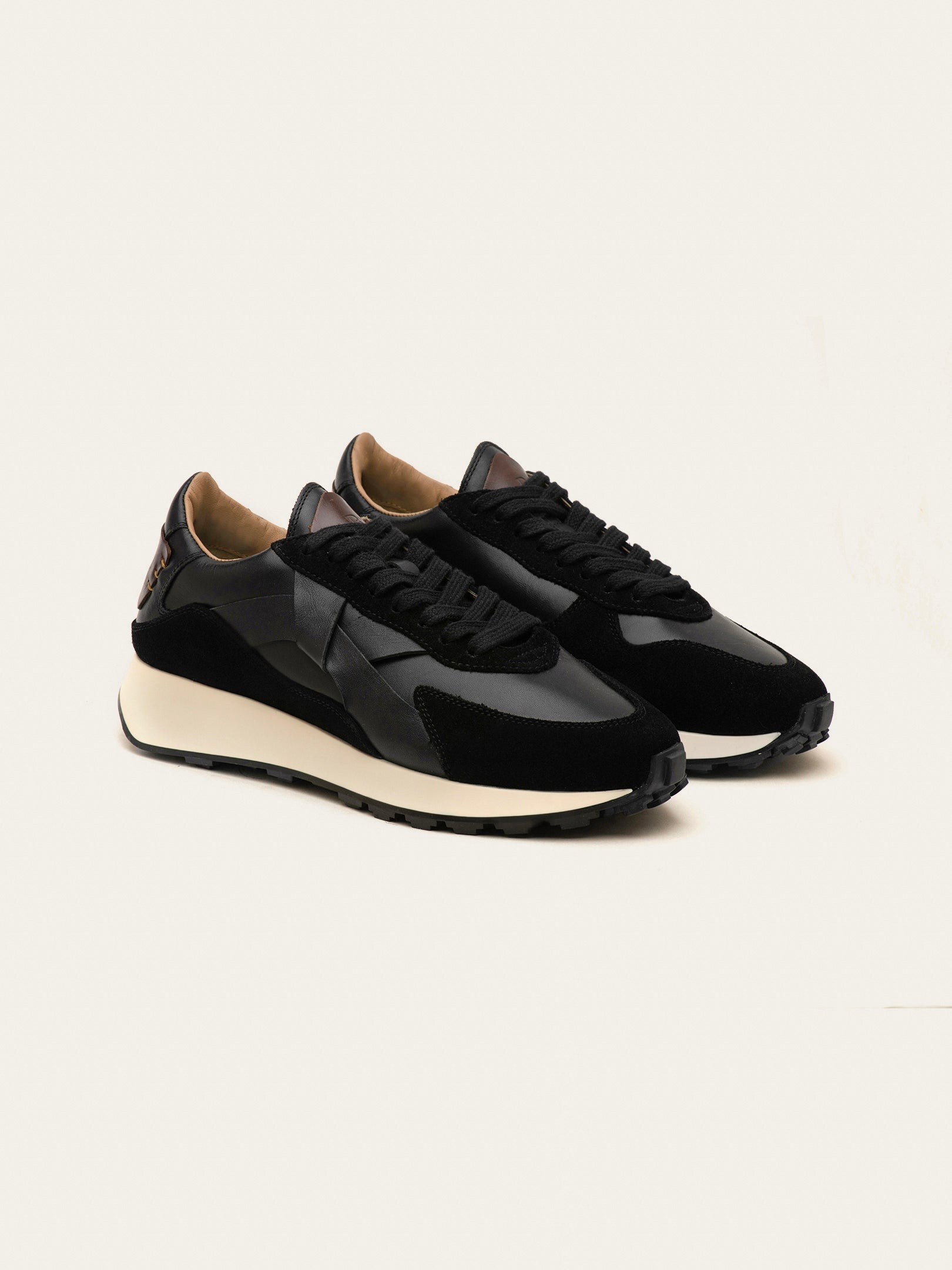
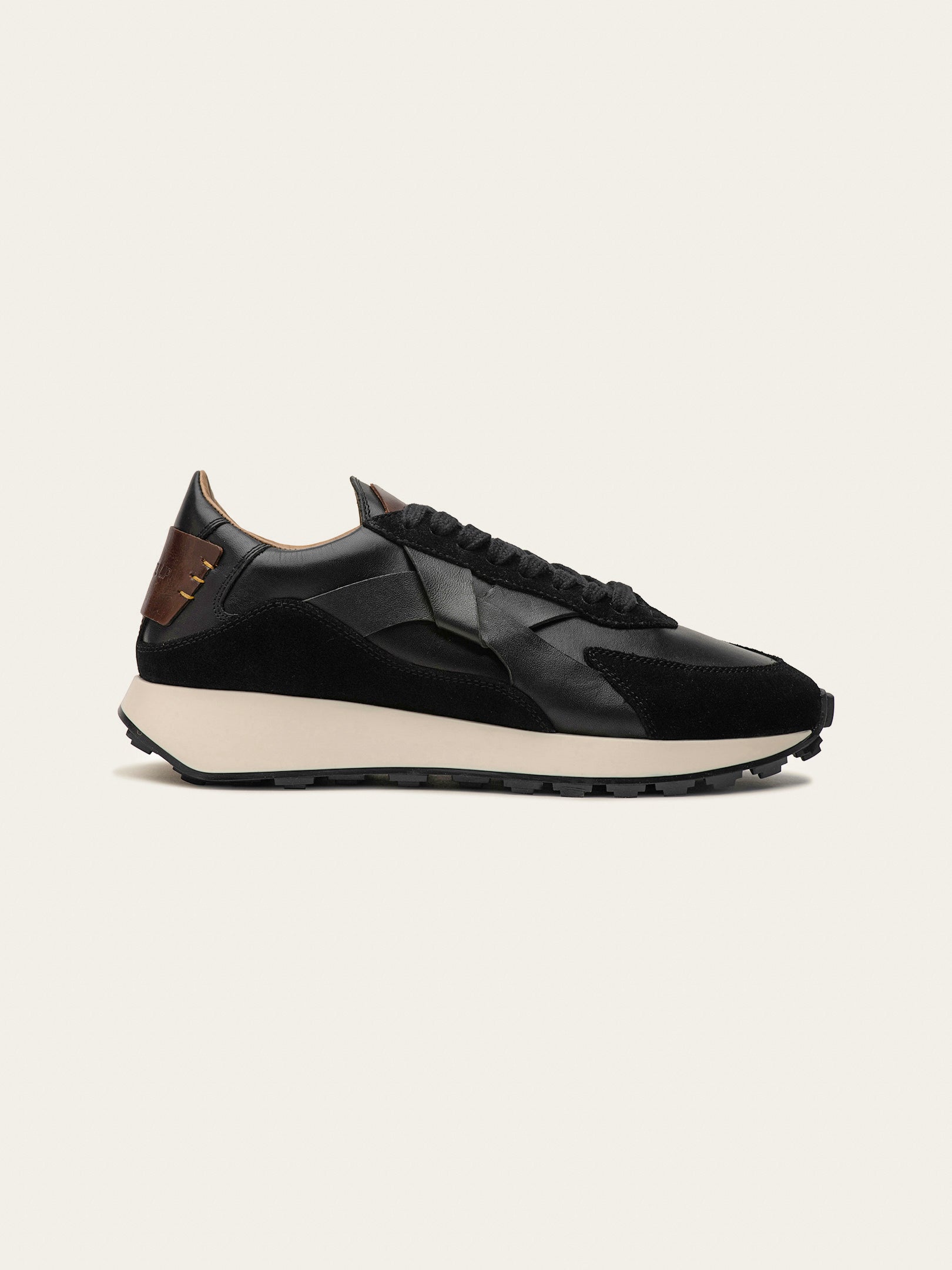
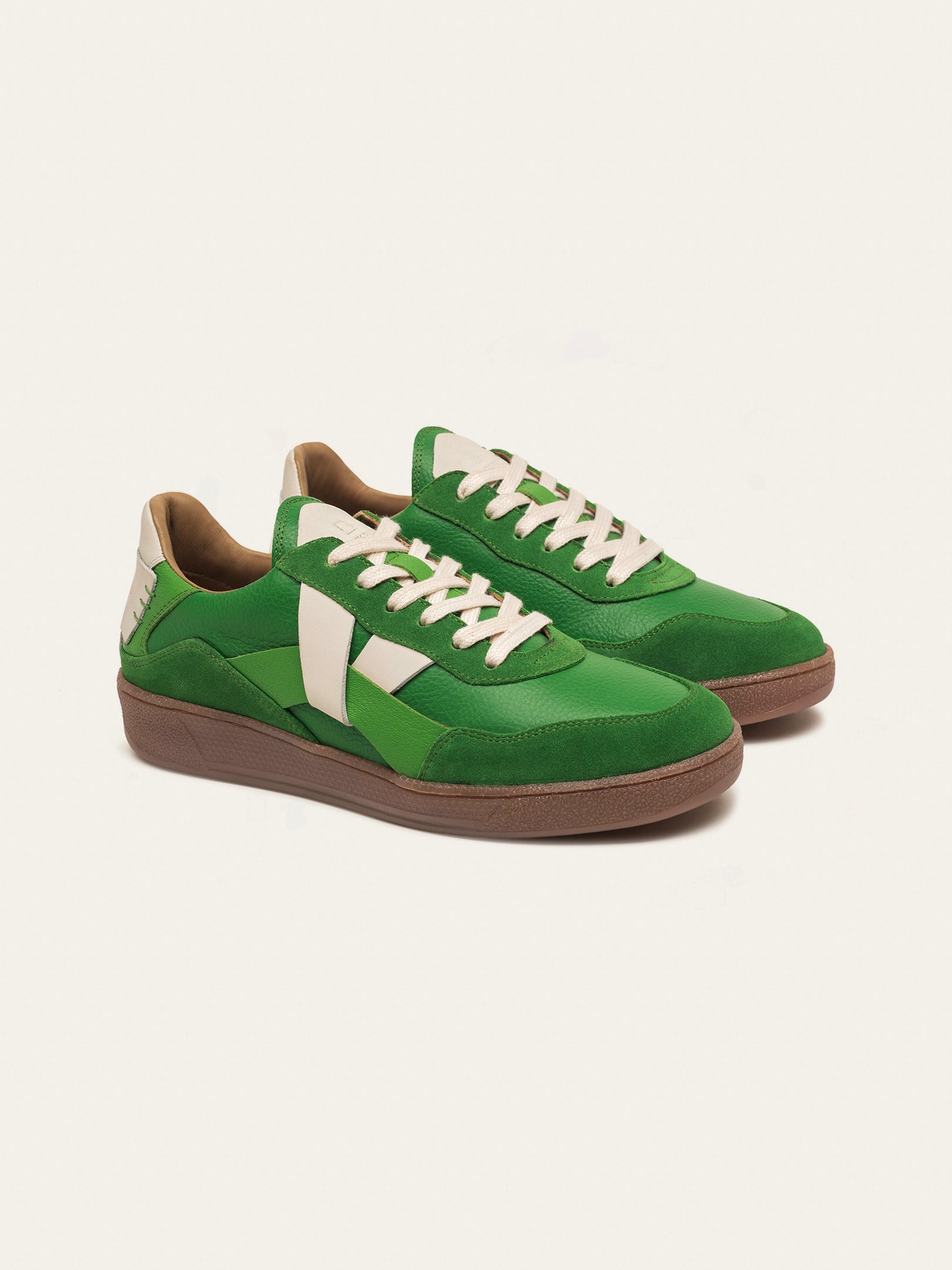
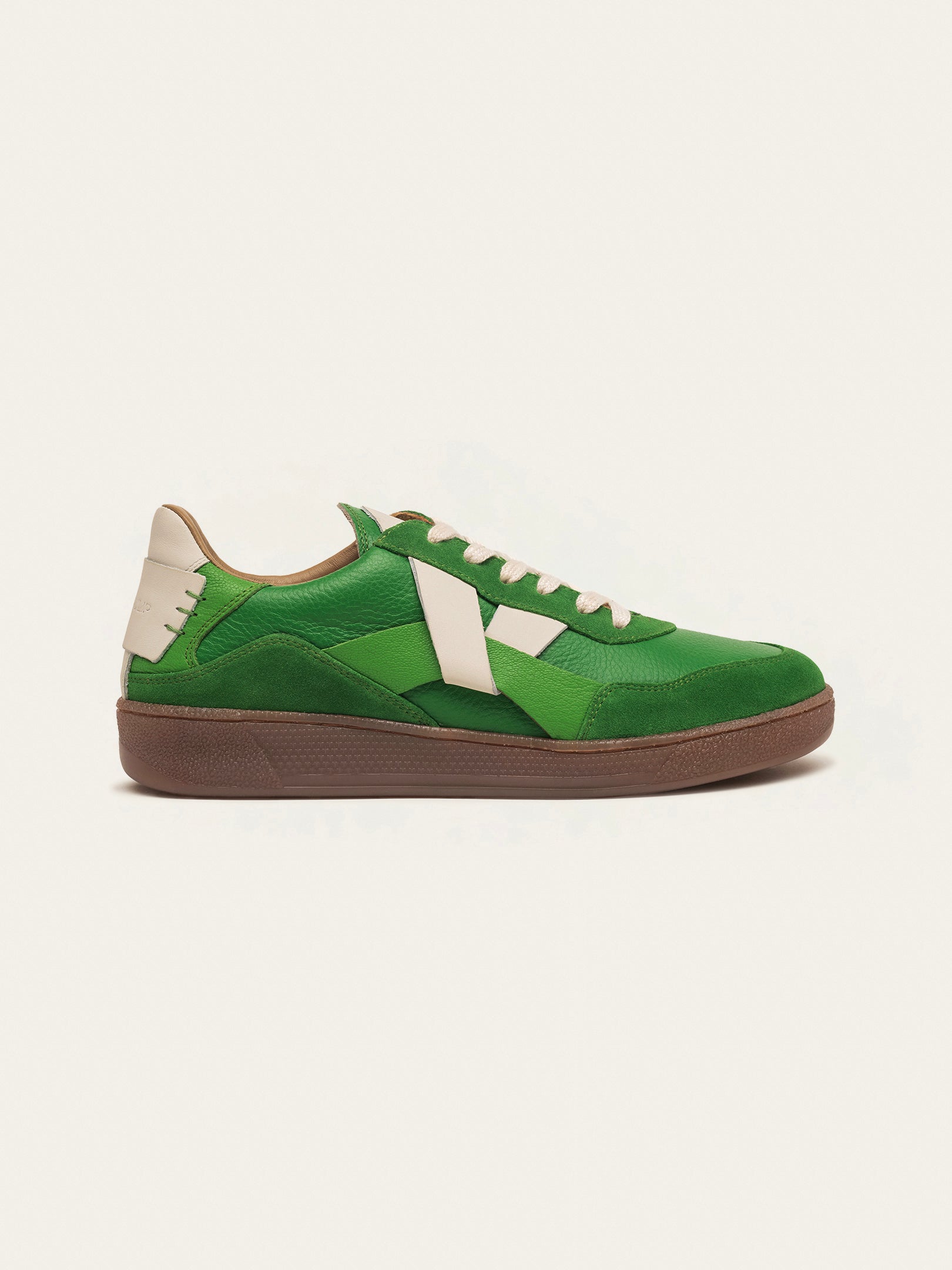
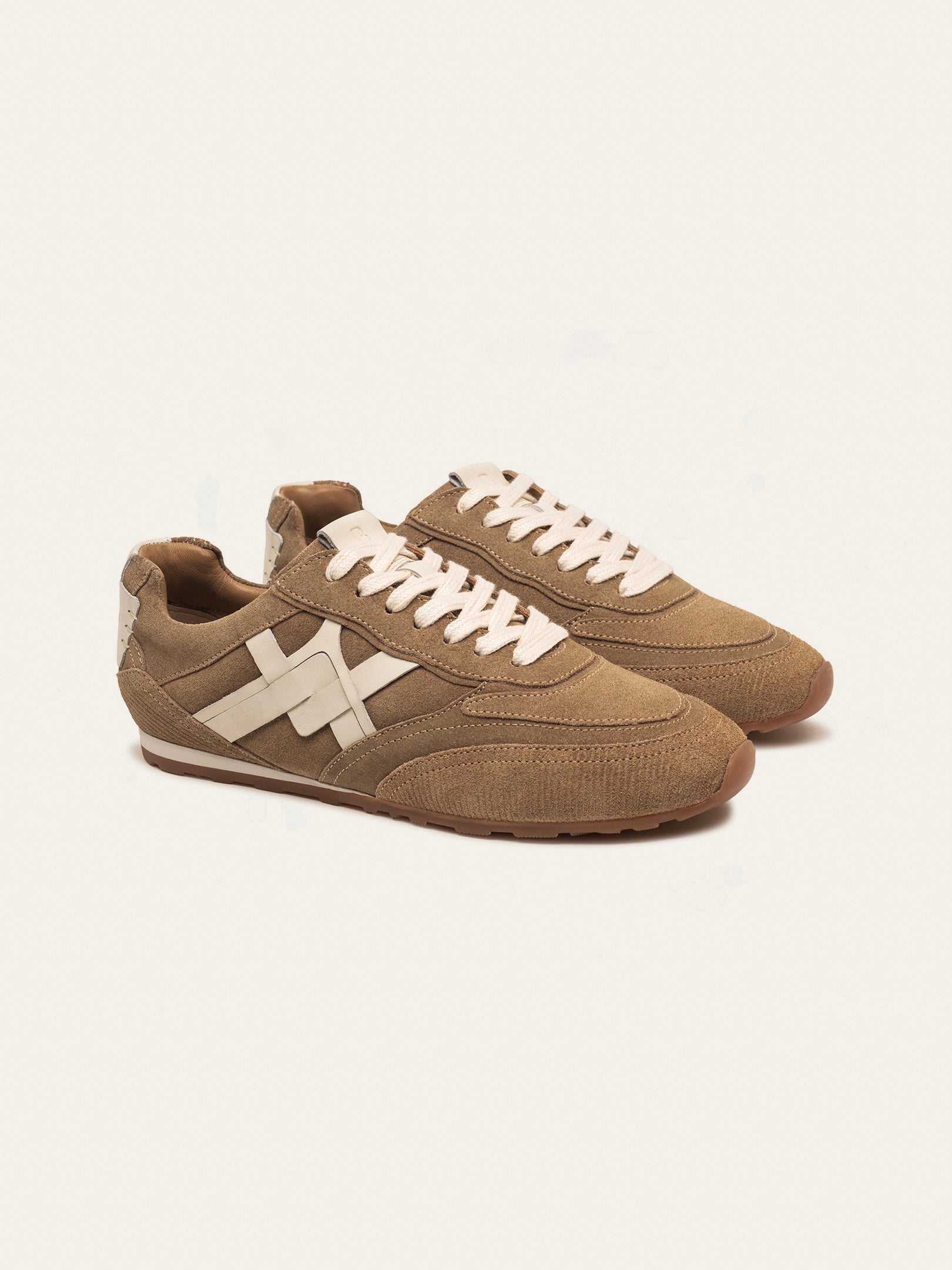
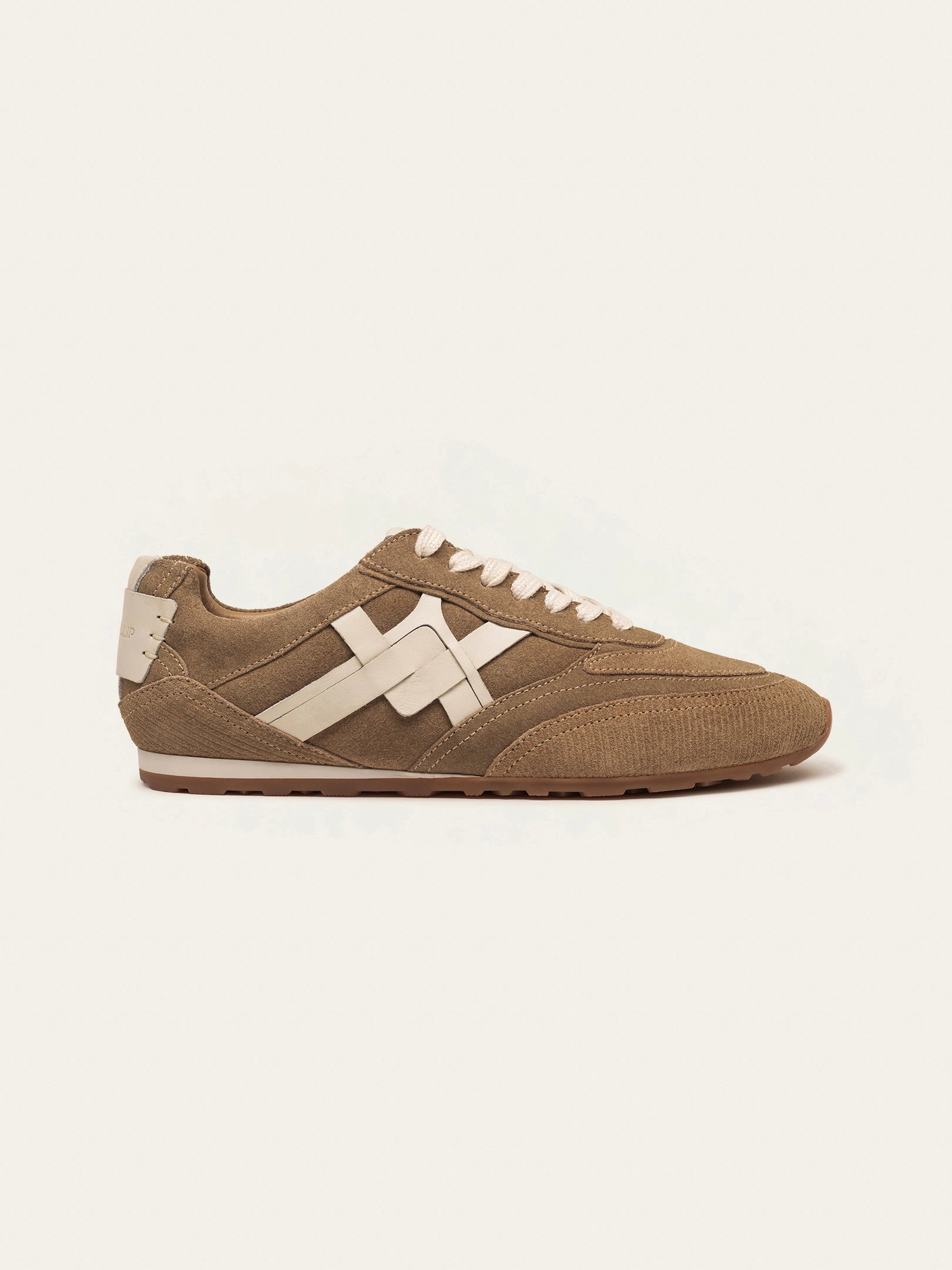
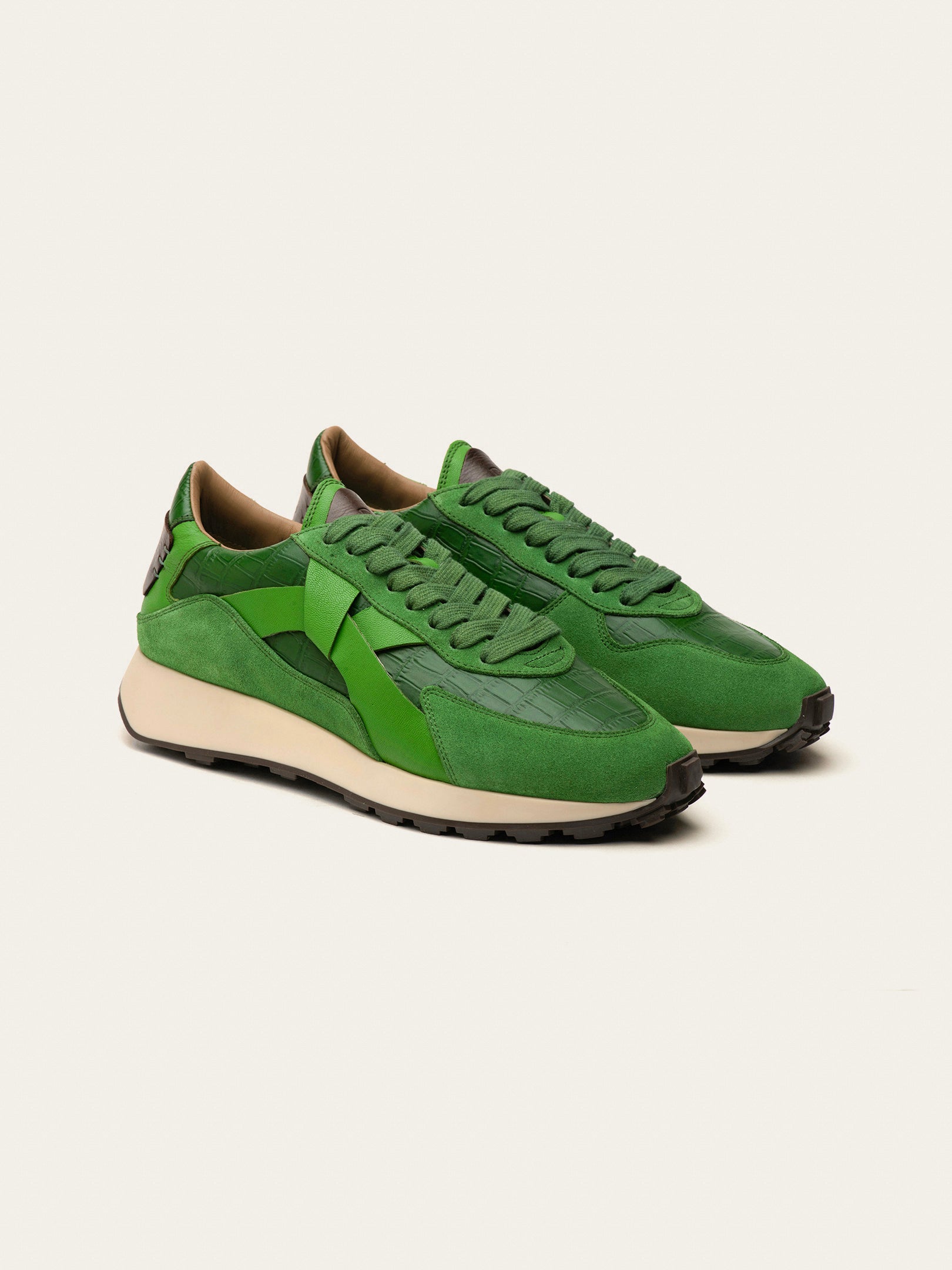
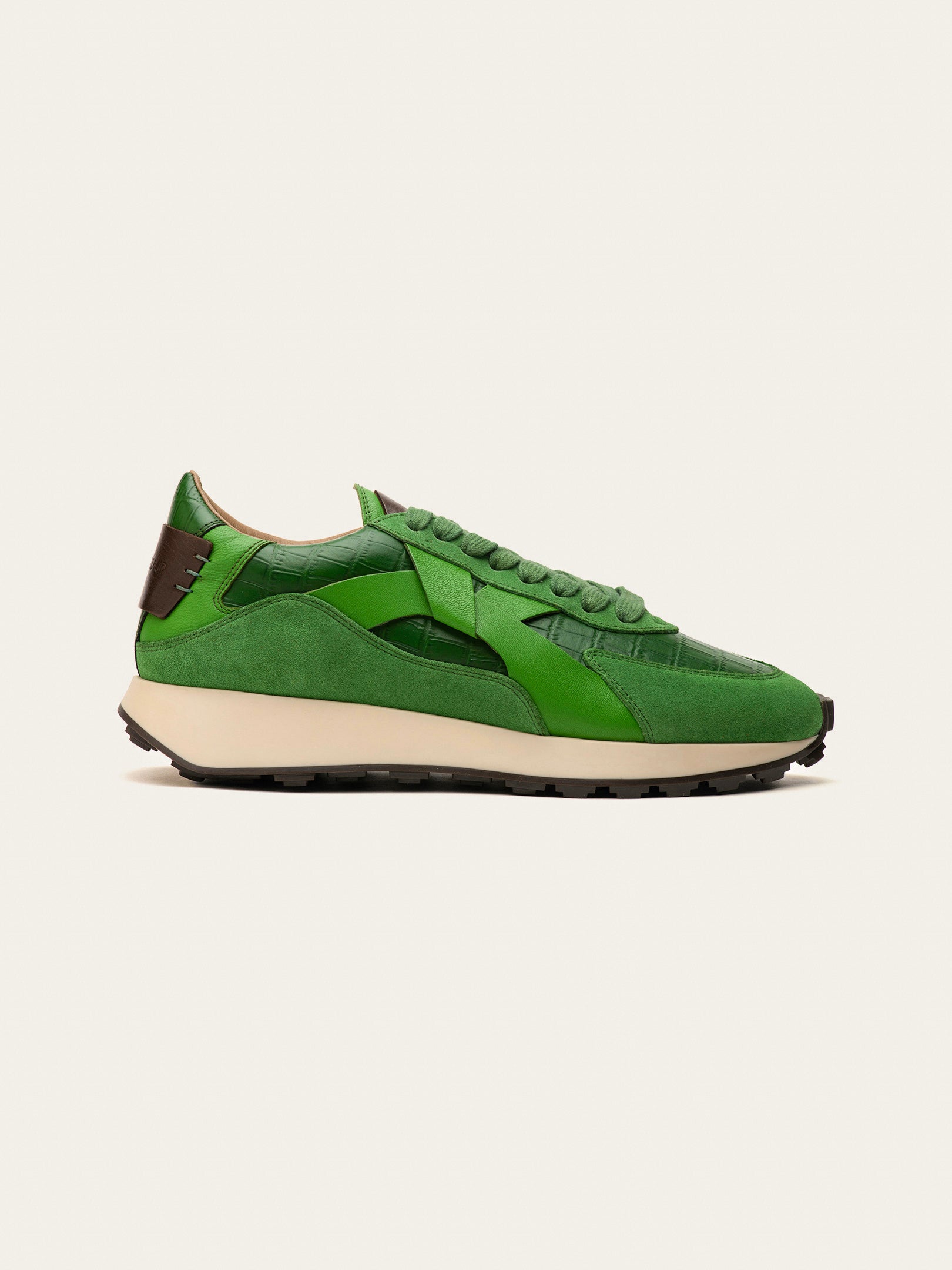



![Why Wide Fit Trainers Changed My Life: A Shoe Expert's Guide [2025]](http://blacktulipstudio.com/cdn/shop/articles/Blog_Img_3_8ce33137-6433-4543-8374-a7b009c05ff2.png?v=1763668125&width={width})



